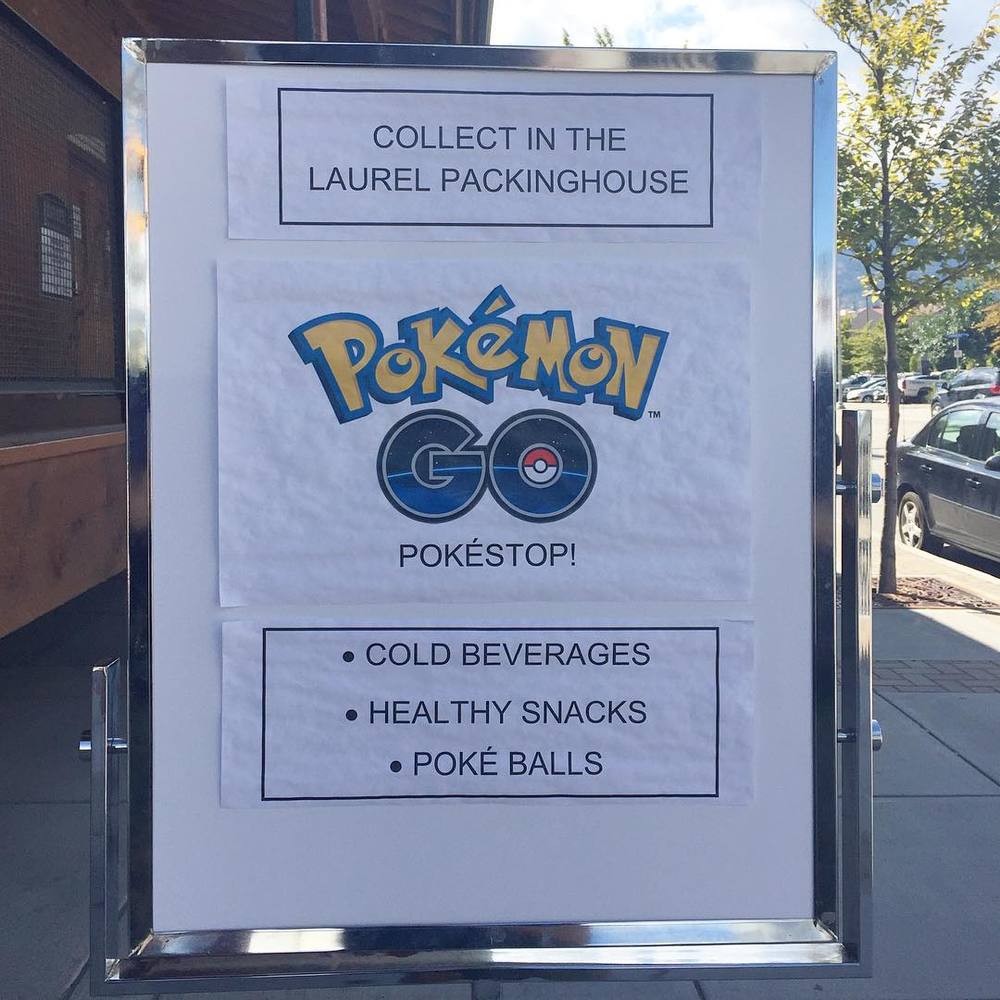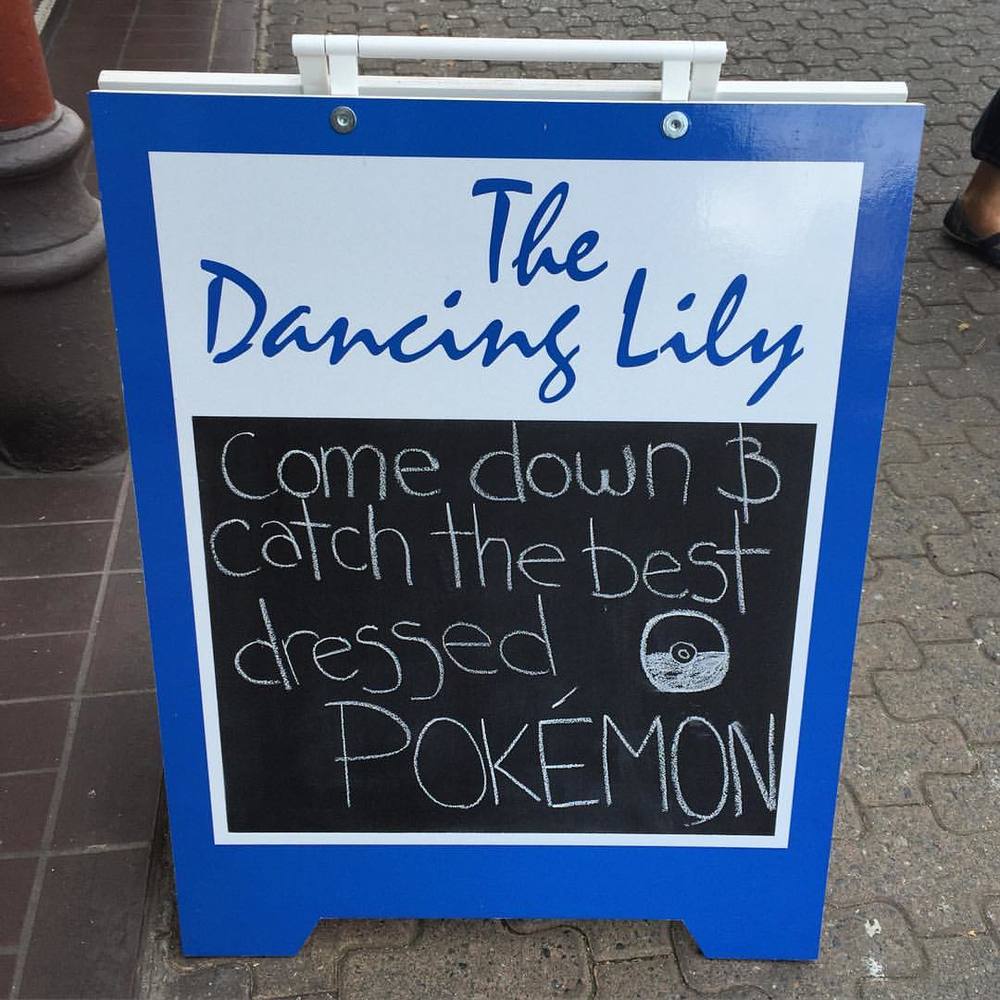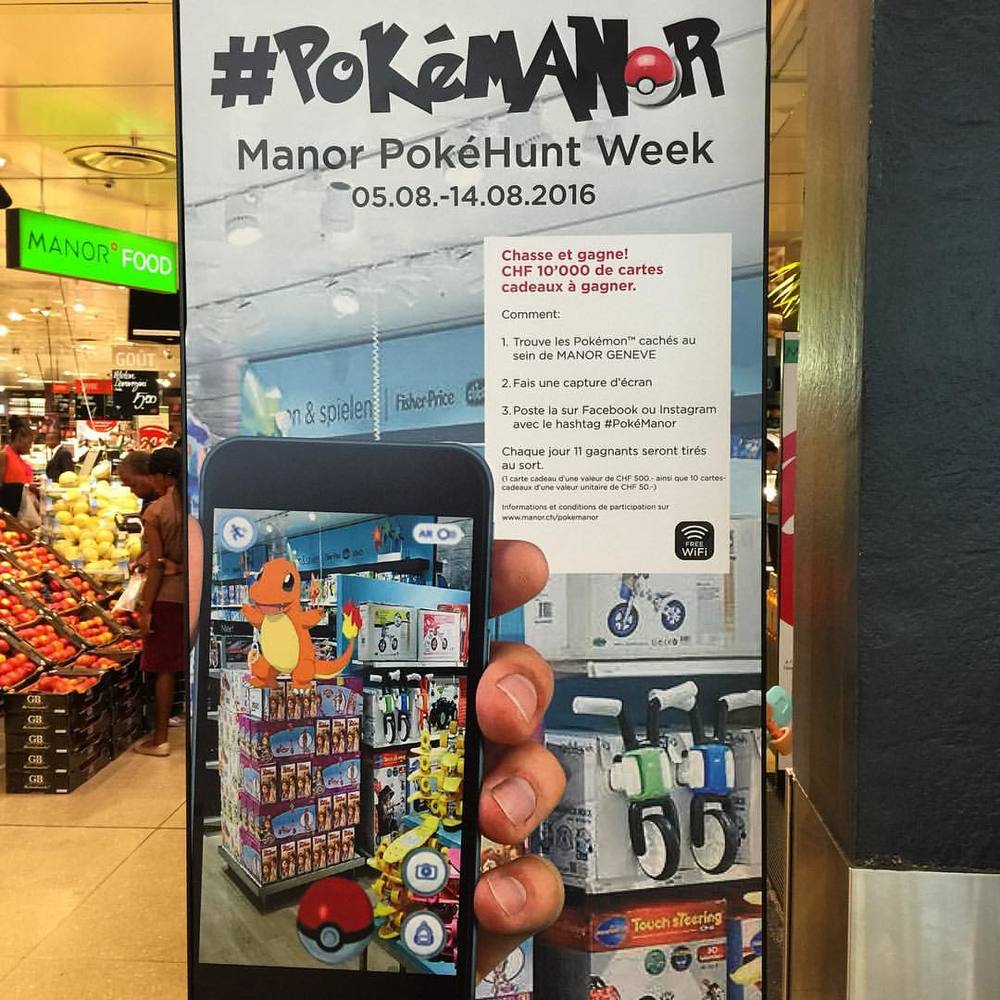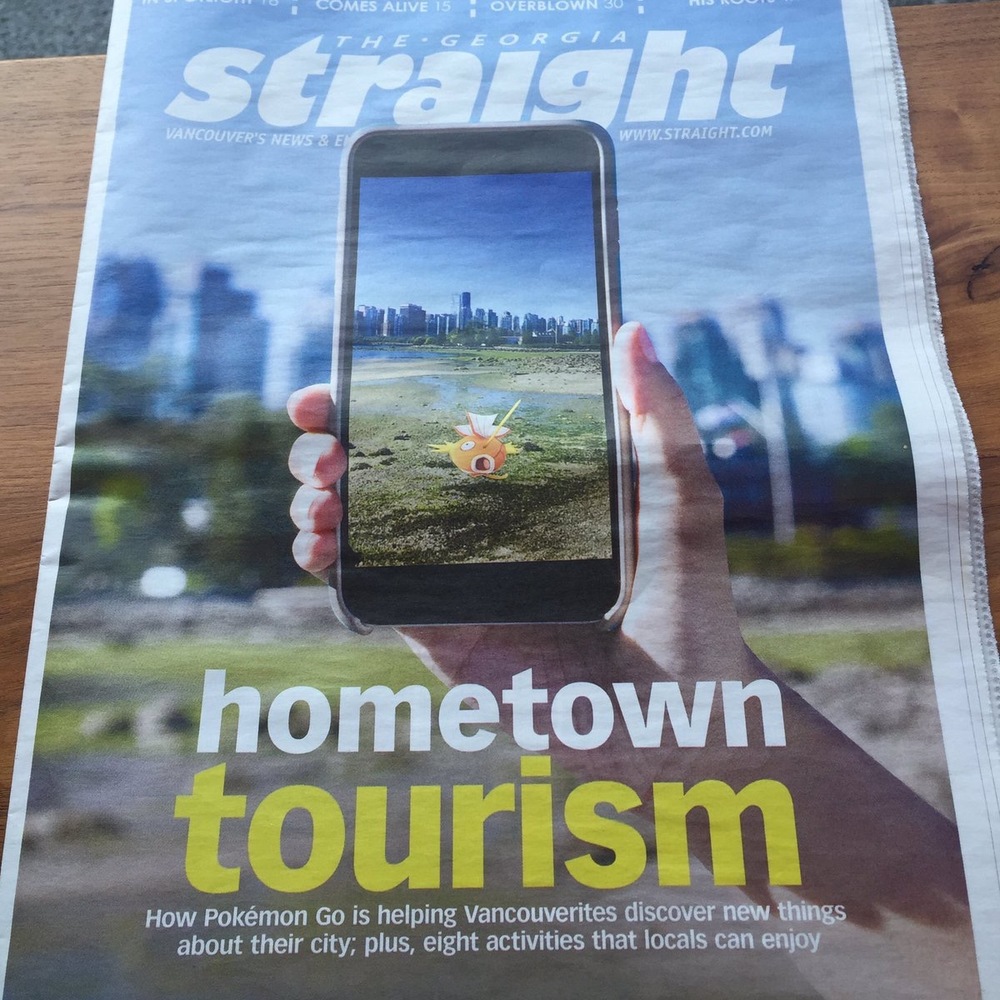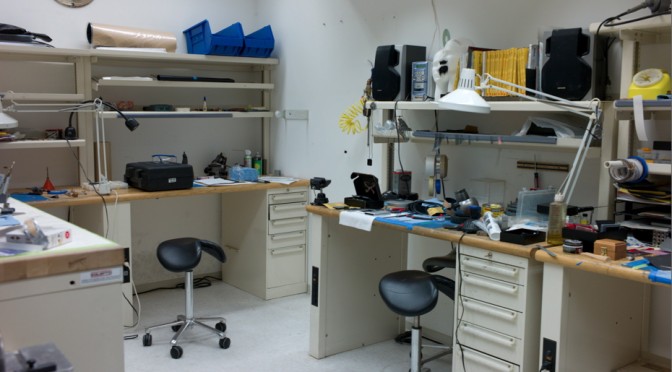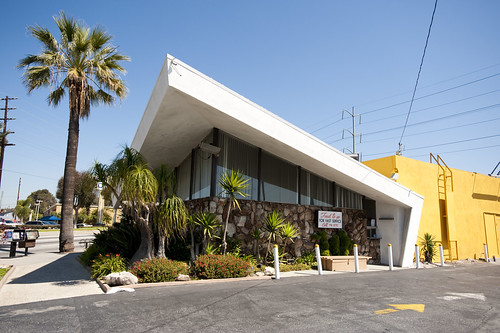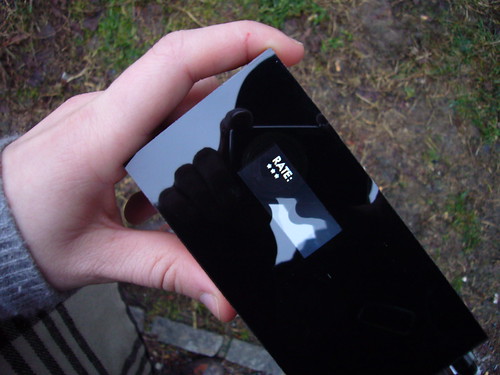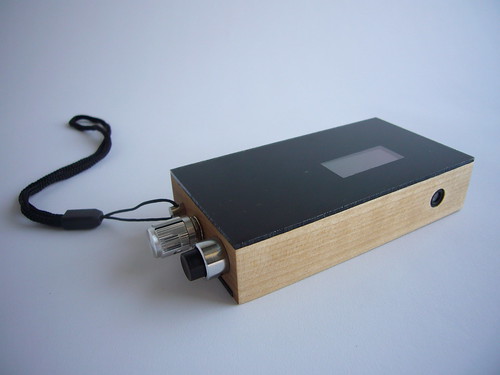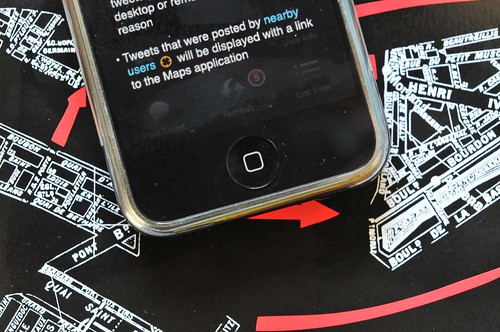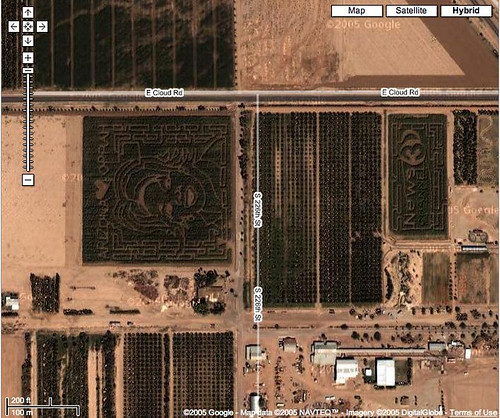Stumbled across this Google Maps..thing. It’s not quite collaborative mapping, but it has a draw.
Sightseeing with Google Satellite Maps
I’ve added it to my Google Maps Mash-Up Bibliography. (I know, I know, other sites catalog Google Maps Map Things. I’m not playing the “been-here-first” game — I just want something that I can taxonomize and hierarchicize and annotate as befits my own brain.)
Why do I blog this? This Sightseeing Google Satellite Maps thing isn’t a “mash-up” in the same way that these others are, which gets me thinking that the mash-up is about instrumentalizing social practices and doing the GIS map-making thing. Take crime (a socially embedded practice), instrumentalize it if it isn’t already (Seattle provides public access to its 911 calls data in a machine-friendly structure), and cobble it together with Google Maps open API.
The Sightseeing Google Satellite Maps project takes a social practice, doesn’t bother to instrumentalize it except to find out where a particular “sight” in the world is, and uses a God’s eye POV to show you that sight. Why is this at all interesting? It adds a bit more precision to what the mash-up idiom means, in the context of Google Maps. It’s always been all about [w:AJAX] or whatever, and there’s a social AJAX going on with these Sightseeing projects.
Once the fascination with figuring out the Google Maps API wears off, what’ll be left? I’m speculating that collaborative mapping will be the compelling upside, perhaps. Creating maps with lots of people, with a utility that goes beyond just saying where you grew up. And that has a specific point-of-entry for a specific task that makes the practice more legible for a self-identifying audience (people who need to know which powerlines are down or what tree needs to be trimmed back, or where the dumping violation is occuring.)
By the way, Mark Bolas and I are teaching the 1st year MFA students in the “mobile module” of their introductory course, how to work with the Google Maps API. They’re supposed to learn about “mobile” and we extended that to location and mapping. They’re also supposed to learn some prototyping skills. Google Maps’ API provides a unique kind of prototyping environment — I think – for locative media projects.
Technorati Tags: collaborative cartography, Google Map Hack, locative media, pervasive media
